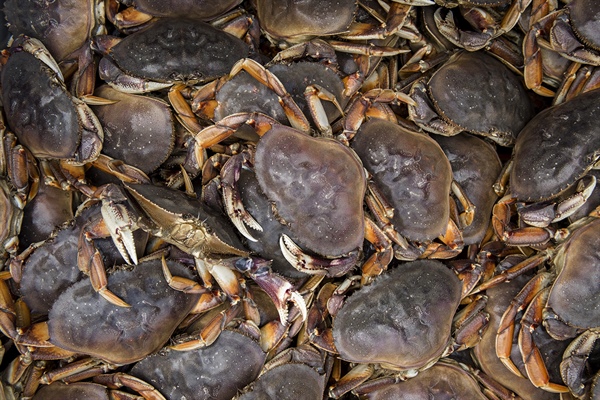Understanding the effects of ocean acidification on Dungeness crab
Understanding CO2 effects on Dungeness crab: population variability, temperature interactions, calcification process, and carbonate sensitivity Why we careDungeness crabs support the most valuable fishery on the U.S. West Coast. Previous research shows lower survival and slower development in Dungeness crab zoea (young larval stage) when reared in high carbon dioxide conditions. This project helps us […]
Understanding the effects of ocean acidification on Dungeness crab Read More »



